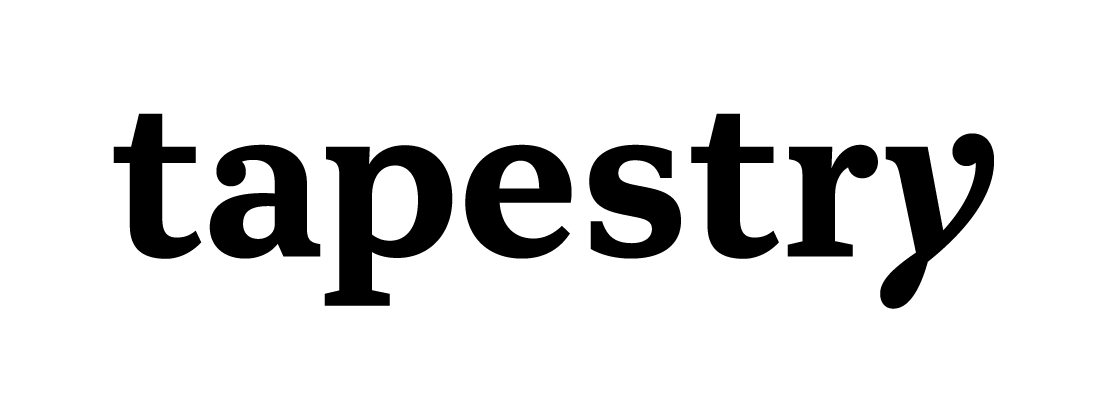Case Study: How Tapestry Is Reducing Emissions and Advancing Bold Climate Goals
The Fashion Pact highlights how Tapestry is reimagining its sustainability goals through stronger data, deeper supplier engagement and greater industry leadership.

Tapestry recently partnered with The Fashion Pact, a global, CEO-led sustainability initiative bringing together some of the world’s largest fashion and textile companies to work collectively on environmental challenges, to share how the company is taking early, meaningful action to reduce its environmental impact. Tapestry is working toward goals validated by the Science Based Targets initiative (SBTi), a global program that helps companies set climate commitments based on what scientists say is needed to protect the planet. As part of this work, the company is targeting emissions connected to the land and natural resources used to make fashion materials, known as Forest, Land and Agriculture (FLAG) emissions.
As one of the first fashion companies to set official FLAG targets, Tapestry is aiming to reduce these emissions 30% by FY2030.
Because much of Tapestry’s FLAG impact comes from leather, the company is also investing in new and environmentally preferred materials, and is working toward sourcing 10% of its leather from regenerative, recycled or next-generation materials by 2030. Tapestry has also strengthened sustainability practices across its supply chain and has already achieved its goal of 95% traceability by the end of 2025, giving greater visibility into where materials come from.
While this work is complex, Tapestry remains committed to identifying new solutions and helping move the fashion industry toward a more responsible future.
Read the full case study by The Fashion Pact here: https://www.thefashionpact.org/member-case-study-tapestry/

